Ranked! The 20 greatest British footballing exports EVER
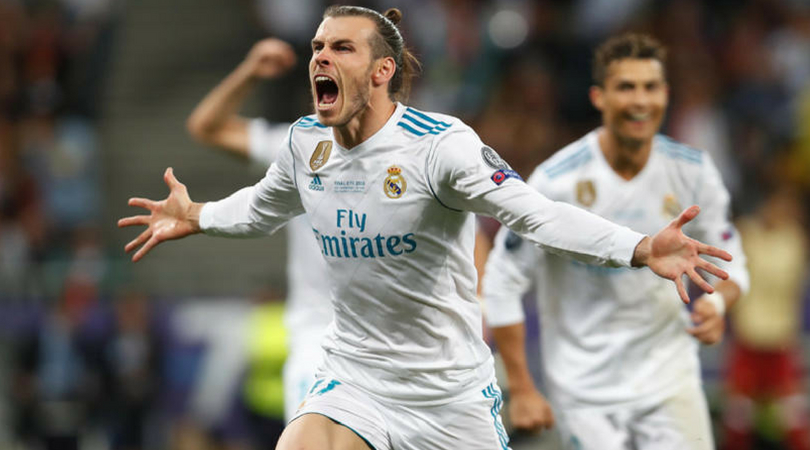
The trail blazers
Seemingly, it's a great time to be anywhere but England – we're seeing the most players since the early ‘90s abandoning Blighty for a crack at foreign fame. The list of youngsters heading abroad now includes Ademola Lookman, Reece Oxford and Chris Willock, while teenager Marcus McGuane made his Barcelona bow just weeks after leaving the Arsenal academy, and Jadon Sancho has been demanding attention with his form for Borussia Dortmund.
These players are taking bold steps – but they aren’t the first. Ever since Scottish textile worker Thomas Donohoe introduced the game to Brazil in 1894, British footballers have been playing abroad with success...
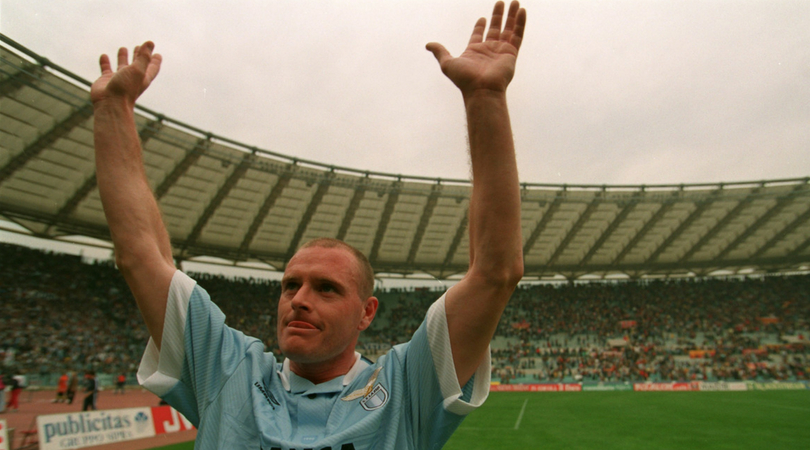
20. Paul Gascoigne
Lazio 1992-1995
Gazza’s move to Rome from Tottenham in the summer of 1992 prompted an interest in Serie A from British shores that survives to this day. A hero in the eyes of many English fans, his arrival in Italy gave birth to Channel 4’s hit show Football Italia.
The Geordie's performances on the pitch were patchy, but he quickly became a fan favourite in the capital and his 89th-minute equaliser against Roma endeared him to the Biancocelesti faithful even more.
Off-field shenanigans included punching a reporter and belching into another’s microphone, as well as falling out with club president Sergio Cragnotti after complimenting his daughter’s breasts – but he did at least help the club qualify for Europe for the first time in 16 years.
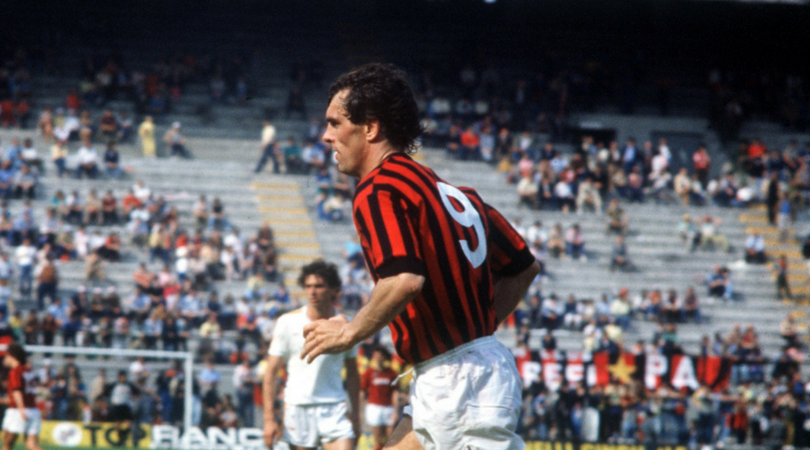
19. Joe Jordan
AC Milan 1981-83 and Hellas Verona 1983-84
Jordan got off to a bad start with Milan, scoring just twice as the Rossoneri suffered relegation to Serie B in his debut campaign.
But his form in the second tier, where he found the net 10 times to send the San Siro giants straight back up as champions, ensured him a place in club history as he finished as joint-top scorer.
The Scot then joined Hellas, who had finished fourth in Serie A the year before, but he again struggled to score regularly in the top flight and returned to the UK after one season in Verona to join Southampton.
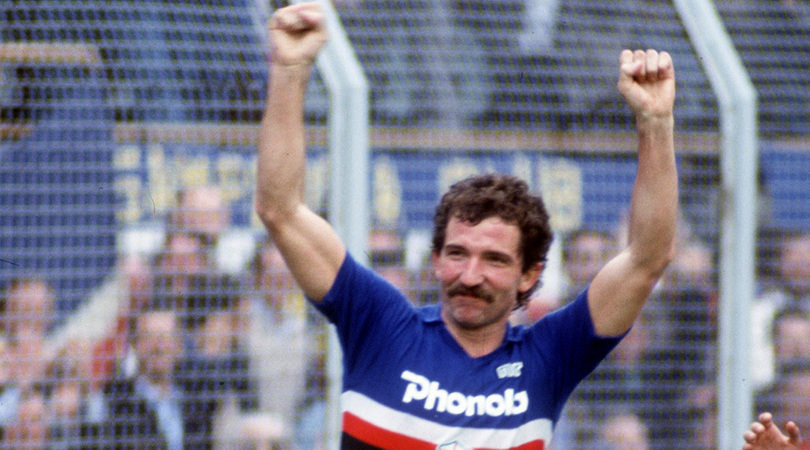
18. Graeme Souness
Sampdoria 1984-1986
Souness joined Samp at a time when the club were on the up with players like Roberto Mancini, Gianluca Vialli and fellow Brit Trevor Francis pulling on the famous blue shirt.
The Scottish midfielder’s debut season in Italy ended with their first major trophy as they beat Milan over two legs to lift the Coppa Italia; Souness scored the only goal of the first leg at San Siro, before Mancini and Vialli got on target in a 2-1 win back in Genoa.
The Scot scored eight goals in 56 games during two seasons with the Blucerchiati and helped them to an unprecedented fourth-place Serie A finish in his first campaign, before returning home to Rangers a year later with rumours of infighting circulating.
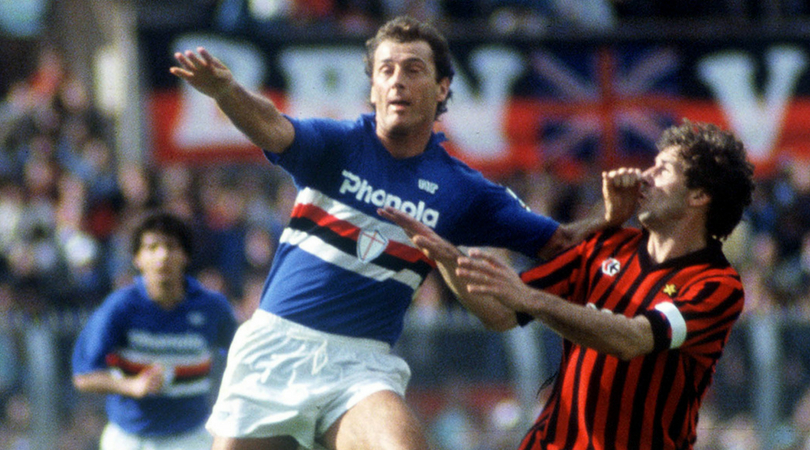
17. Trevor Francis
Sampdoria 1982-1986 and Atalanta 1986-1987
Francis arrived at Sampdoria two years before Souness, after leaving Manchester City in a £700,000 deal. He too starred in the 1985 Coppa Italia-winning side, and Fabio Capello later described him as "the best Englishman to have played in Italy" after he scored 17 goals in a memorable four-year spell with the Genoa side.
His final campaign on the peninsula wasn’t so impressive – just one goal in 21 games for Atalanta – but Francis returned to the Stadio Luigi Ferraris as Samp’s guest of honour for a 2012 derby against Genoa and was warmly received by the fans. They fondly remember his goals that gave them famous wins over the likes of Juventus, Inter and Roma.
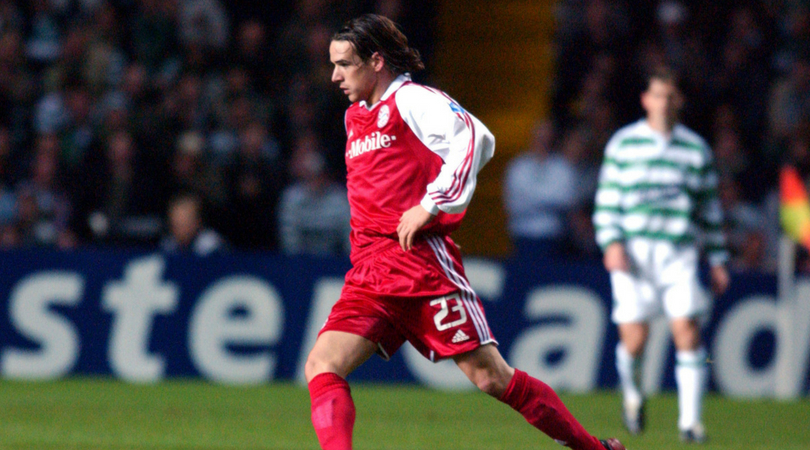
16. Owen Hargreaves
Bayern Munich 1997-2007
Hargreaves joined German giants Bayern aged just 16, making the move from Calgary in Canada. Blooded in the under-19s, he made his first-team debut in August 2000 before going on to win the Bundesliga and Champions League in his first senior season – starting in central midfield for their final victory over Valencia.
Hargreaves soon became a regular in Munich after such a successful debut campaign, but his time in Germany was blighted by several injury problems, including a broken leg in his final campaign.
He left Munich for Manchester United in 2007 with more than 200 Bayern appearances to his name, as well as four German league titles, three German Cups, an Intercontinental Cup and, of course, that Champions League winners’ medal.
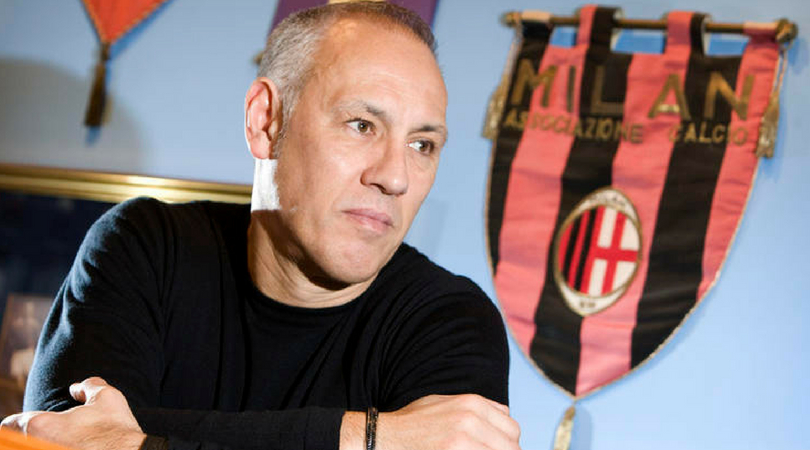
15. Mark Hateley
Detroit Express 1980, Milan 1984-87, Monaco 1987-90
If Milan supporters had to define the three English strikers of their history as The Good, The Bad and The Ugly, then Mark Hateley would lead the line.
Luther Blissett (Bad) and Jimmy Greaves (Ugly) both became infamous for off-field antics: Greaves’ scored eight goals in a half-year spell, but he primarily provided fallouts and boozing, while the lesser Blissett became an alter ego for underground social activists. Obviously.
But Hateley is remembered for something he did on the pitch. Milan were struggling in 1984 and hadn’t beaten rivals Inter for six years. Cue Hateley smashing a header past Walter Zenga for an iconic winner. He still appears on the odd Curva Sud banner on derby day, sadly unaccompanied by his Rossoneri team-mate, Ray Wilkins.
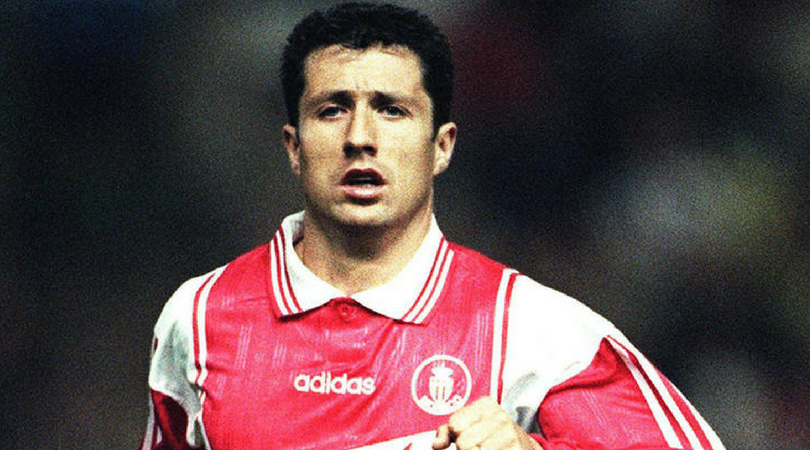
14. John Collins
Monaco 1996-98
Thierry Henry, Fabien Barthez, Emmanuel Petit, David Trezeguet… when Monaco progressed to the last four of the 1996/97 Champions League and secured the Ligue 1 title by 12 points, they set up the 1998 World Cup very nicely. Sure enough, John Collins scored in the tournament opener.
The Scot ran their midfield after departing Celtic in the UK’s first major Bosman transfer. The Glasgow club demanded compensation by saying Monaco isn’t a country, which Collins’ agent described as “a nice try”.
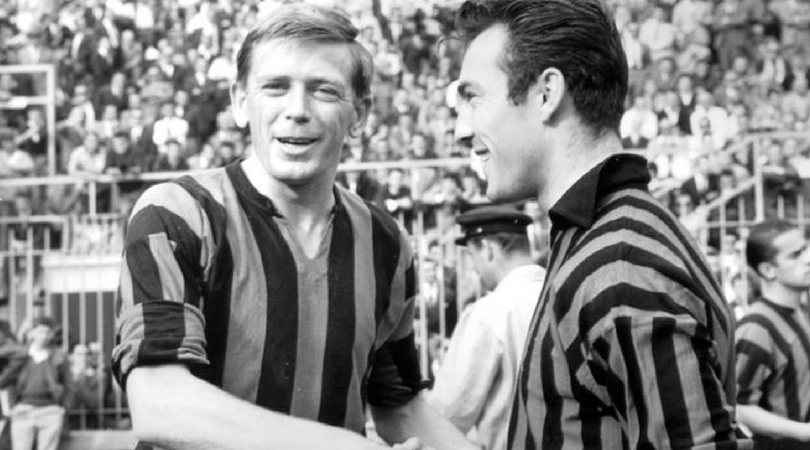
13. Gerry Hitchens
Inter 1961-62, Torino 1962-65, Atalanta 1965-67, Cagliari 1967-69
A former coal miner called Gerald Archibald Hitchens doesn’t sound like someone who’d move to Italy. That’s what Alf Ramsey thought, anyway.
Hitchens left Aston Villa for Inter after scoring a double as England defeated Italy 3-2 in Rome, then found the net in the 1962 World Cup quarter-final, but never played for his country again as Ramsey replaced Walter Winterbottom in charge. Serie A was the best league in the world, but for Ramsey, the striker with five goals in seven caps was out of sight and therefore out of mind.
Unlike Jimmy Greaves, his secret drinking buddy away from prying eyes of fans, Hitchens stuck it out and succeeded on the peninsula. Sadly, he ended his international career by doing so.
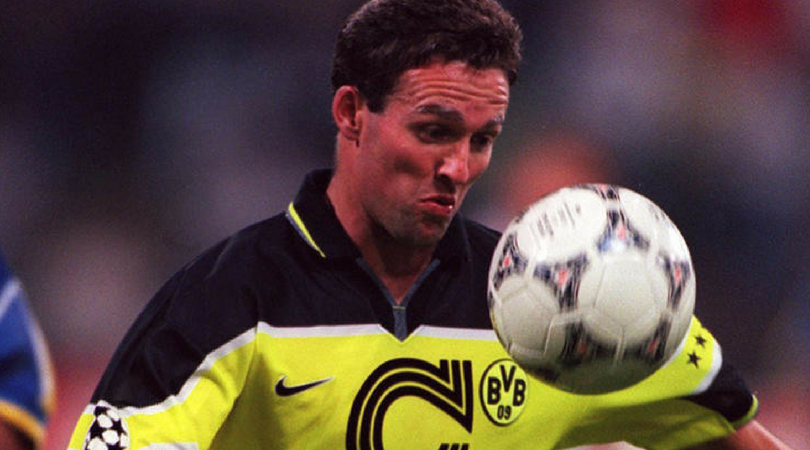
12. Paul Lambert
Borussia Dortmund 1996-97
Only one season, but what a season. Paul Lambert spent two decades playing in Scotland either side of his brief spell in Germany, in which BVB happened to win their only Champions League title.
Lambert later admitted to self-doubt when he arrived at the club. “I saw the players… he’d won Serie A; he’d won the World Cup; he’d won the European Championship… and I’m coming on a free transfer from Motherwell. I was worth a bottle of Coke. Jesus!”
But the midfielder was no passenger. In the Champions League final, he successfully marshalled Juventus star Zinedine Zidane and teed up Dortmund’s first goal in a 3-1 victory. Then, job done, he headed back to Scotland.
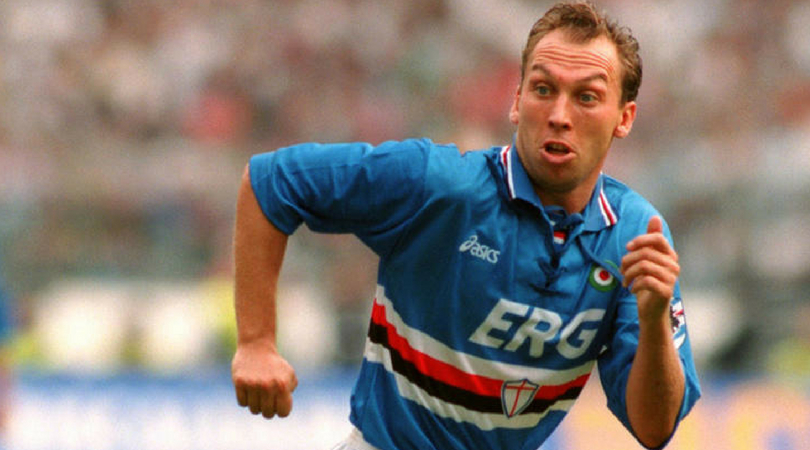
11. David Platt
Bari 1991-92, Juventus 1992-93, Sampdoria 1993-95
After two years in which you’ve won PFA Player of the Year, scored 38 league goals for Aston Villa and starred in a World Cup, where else is there to go but Bari? Platt was immediately appointed captain, only to quickly discover why they’d been battling relegation. Bari didn’t get a win until January and went down with the midfielder scoring 11 of their 26 goals.
A move to Juventus didn’t work out, but after two years of Roberto Mancini stalking him, Platt joined Sampdoria and starred alongside Mancini, Ruud Gullit and Attilio Lombardo, finishing third and winning the Coppa Italia.
Samp haven’t bettered that season since – especially not in 1998/99, when Platt returned as unofficial manager, signed Lee Sharpe and quit before they were relegated.
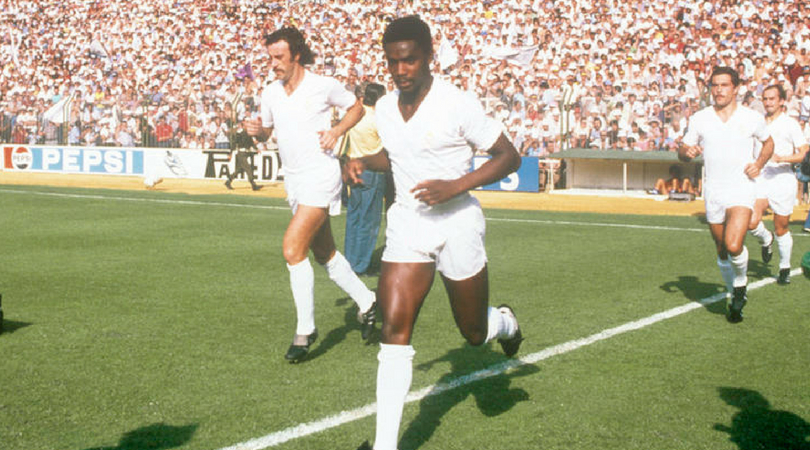
10. Laurie Cunningham
Real Madrid 1979-83, Sporting Gijon 1983-84, Marseille 1984-85, Rayo Vallecano 1986-87, Charleroi 1987, Rayo Vallecano 1988-89
Cunningham’s influence should never be forgotten. Not only was he one of the first black players to represent England, he blazed a trail abroad by becoming Real Madrid’s first British signing – and at just shy of £1m, in 1979, he wasn’t cheap.
In what could now be described as a Reverse Ronaldinho, one incredible performance against Barcelona earned Cunningham a standing ovation from home fans at Camp Nou, even drawing comparisons with Barca hero Johan Cruyff. He won the Double and played in a European Cup final before injuries intervened, sending the winger on a nomadic course around the continent.
Tragically, Cunningham died in a car crash just weeks after leading Rayo Vallecano to promotion in 1989. He was 33.
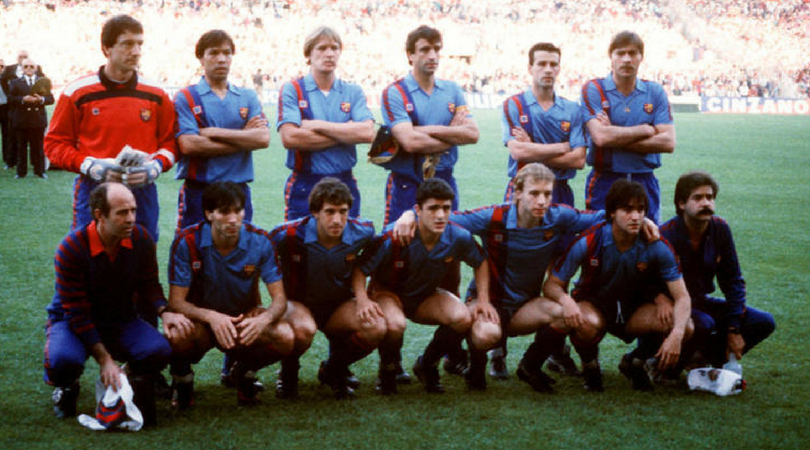
9. Steve Archibald
Barcelona 1984-88, Espanyol 1989-90
Try this for size: Archibald joined Barcelona as Diego Maradona left, won a first league title in 11 years with the club, averaged a goal every other game, played in the European Cup final a year later and saw off Mark Hughes when he arrived that summer.
Hughes teamed up with Archibald (above: front row, third on the right) and this countdown’s No.5 at Terry Venables’ Barca despite a rule restricting teams to two foreigners per match.
After initially making way for Sparky, the Scot soon regained his place ahead of the misfiring Welshman. “The fans wanted me back in and they let [Venables] know,” he later said. “I immediately started scoring goals. It’s a shame it didn’t work out for Mark, but that’s football.”
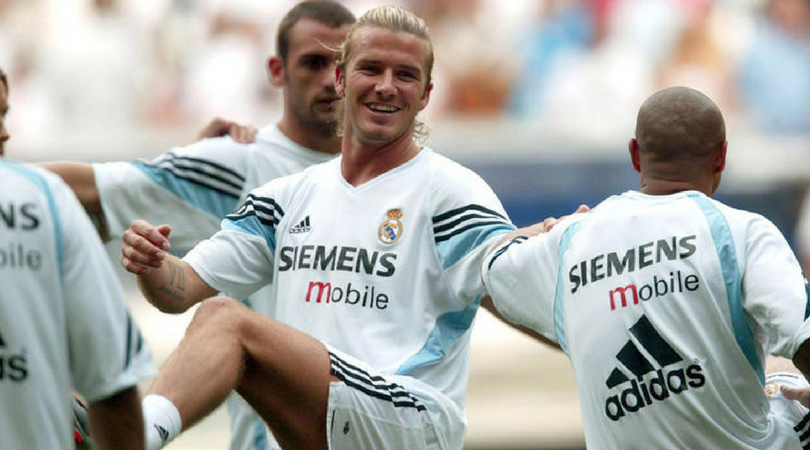
8. David Beckham
Real Madrid 2003-07, LA Galaxy 2007-12, Milan 2009-10, PSG 2013
Beckham’s impact on football in the States shouldn’t be underestimated, nor should his commitment: he did stay for six seasons. But before Becks Abroad began to resemble a tour of fashion boutiques – LA, Milan, Paris – his move to Real Madrid was A Very Big Deal.
Even if Florentino Perez’s motives were muddled (he famously sold Claude Makelele in the same summer), Beckham’s move from Manchester United to Madrid was no ego trip. He worked harder than anyone, to his team-mates’ surprise and delight, and impressed on the pitch. The Englishman scored three minutes into his league debut in 2003, performed every year and signed off in 2007 with – finally – a league title.
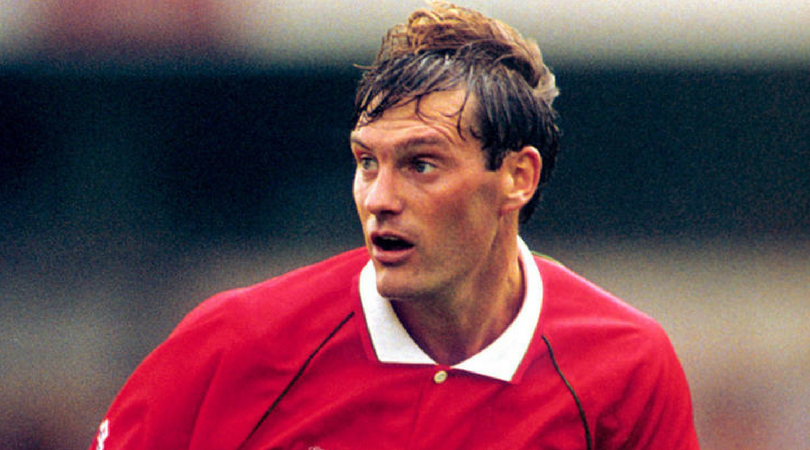
7. Glenn Hoddle
Monaco 1987-91
Of course it was Arsene Wenger who took Hoddle’s unique playing style to Monaco. But it’s simplistic to say his game was more appreciated in France than in 1980s England – simplistic, if not entirely false – and he got the best out of the team as much as the other way around.
The midfielder instantly helped Monaco win their first Ligue 1 title in six years. The following campaign, they reached the European Cup quarter-finals and Coupe de France final as Hoddle was named Best Foreign Player in the French top flight.
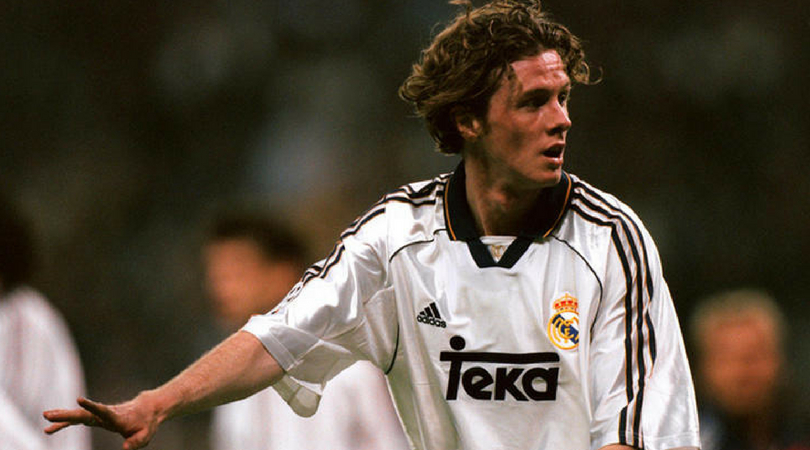
6. Steve McManaman
Real Madrid 1999-2003
McManaman won the Champions League twice, back when Real Madrid didn’t win it every year. But squad revolts and debt met him on his arrival. He was brought in by Guus Hiddink, debuted under John Toshack and finished his first season playing for Vicente del Bosque.
With all that following a publicly difficult Liverpool exit, McManaman could have melted under the spotlight. Instead he shone in Madrid’s midfield, saving his iconic performance for the 2000 Champions League Final, when he scored a superb volley in a man-of-the-match display.
Naturally, new president Florentino Perez immediately signed Luis Figo and told 'El Macca' he was surplus to requirements. He eventually left, crushed by the weight of Galacticos – but not before lifting Ol’ Big Ears again.
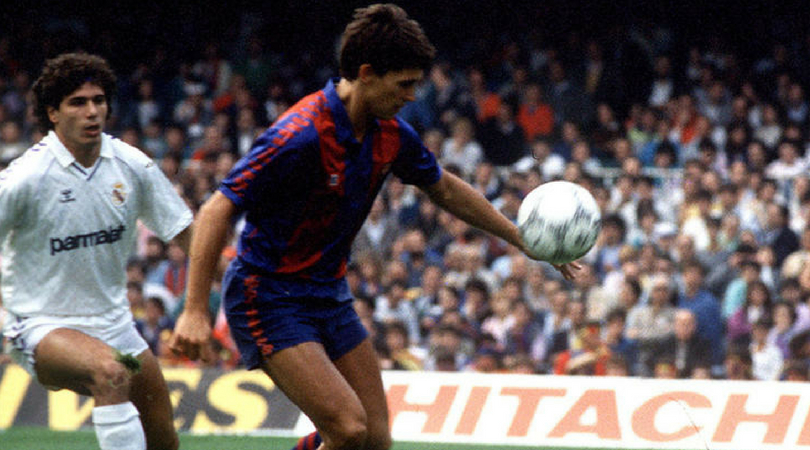
5. Gary Lineker
Barcelona 1986-89, Nagoya Grampus Eight 1992-94
Barcelona signed Lineker in 1986 after he won the Golden Boot at the World Cup, and though that included a hat-trick to follow three league hat-tricks in one season with Everton, he’d find La Liga much tric... No, wait, he went and scored a hat-trick against Real Madrid.
Coming in a 3-2 win at Camp Nou, his derby treble was classic Lineker: a one-on-one following two tap-ins from a combined distance of five yards.
Lineker won the Cup Winners’ Cup and Copa del Rey in Catalonia and scored 36 times in 77 La Liga games, before Johan Cruyff pushed him out to the wing, because he’s Johan Goddamn Cruyff. Lineker returned to England and disappeared into obscurity, never to be seen again.
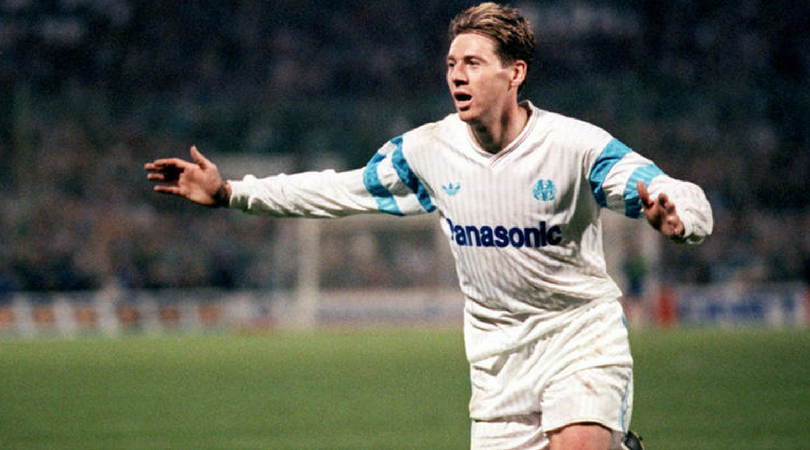
4. Chris Waddle
Marseille 1989-92
Waddle started awkwardly at Marseille, huge price tag around his neck, until a magnificently aggravating goal in Le Classique changed everything.
Escaping the PSG offside trap, Waddle realised his mullet would restrict jumping for a header and so took the ball on his chest and flicked it over the goalkeeper instead. As for the finish… well. He actually scuffed it into his other leg, but who cares?
That was the catalyst for Waddle’s sublime form in France, where his wing wizardry would help Marseille win three league titles in three seasons and reach the 1991 European Cup Final, only to lose to Red Star Belgrade on penalties. Waddle didn’t even get to take one, though you can understand why.
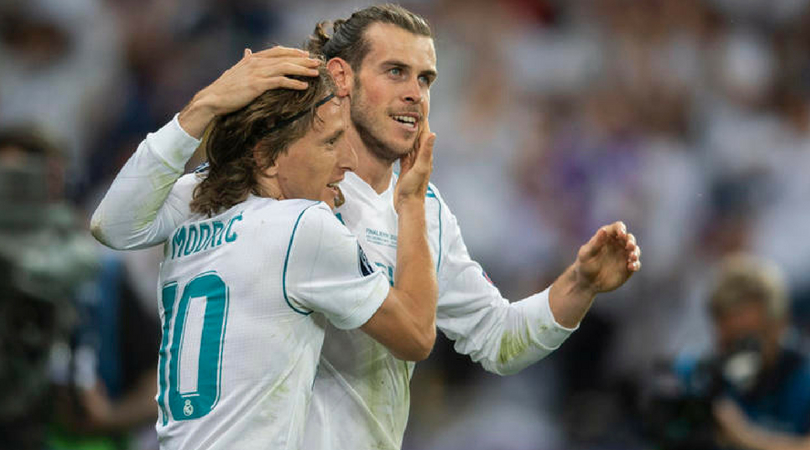
3. Gareth Bale
Real Madrid 2013-present
Bale is difficult to place in this list. He hasn't been a guaranteed starter for much of his time at Madrid, but has single-handedly won them two major finals – the 2014 Copa del Rey in his first season and the 2018 Champions League – by scoring two of the best goals ever seen in those tournaments.
Bale even looked set to depart Madrid this summer, until Zinedine Zidane’s sudden exit changed that. Now he finds himself central to a Real side without Cristiano Ronaldo and with an opportunity to escape that overbearing shadow.
He’s already won four Champions League medals (the joint-most of any British player), scored 73 goals in 132 La Liga games spent on the wing, and made the most appearances of any Brit in Spain.
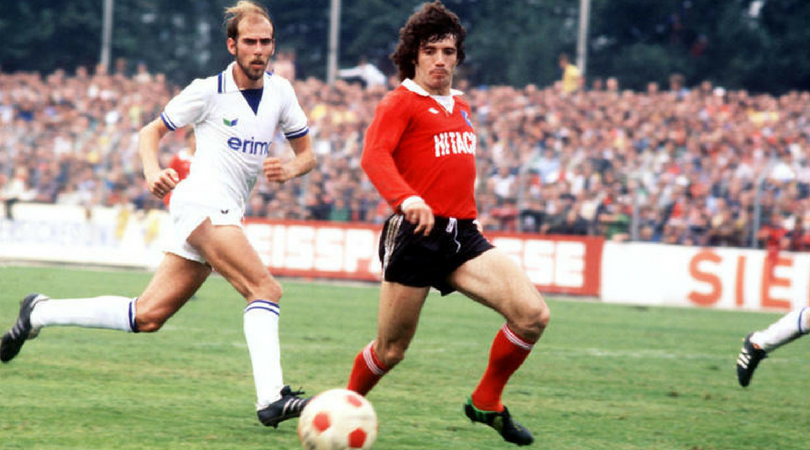
2. Kevin Keegan
Hamburg 1977-80
After a difficult start, with team-mates refusing to pass or even speak to the best-paid player in the country, Keegan soon became so well regarded that he even popularised the name Kevin in Germany.
He led Hamburg to their first league title in 19 years and helped them overturn a 2-0 deficit in the European Cup semi-final by virtue of a 5-1 win over Real Madrid. Everything was building up to a fairytale ending in the European Cup final against holders Nottingham Forest, with Keegan set to leave for Southampton. Naturally, Hamburg lost 1-0.
Still, Keegan won back-to-back Ballons d’Or in Germany. The first was a little baffling, coming in his difficult first season, but it nonetheless makes him responsible for half of England’s Ballon d’Or wins.
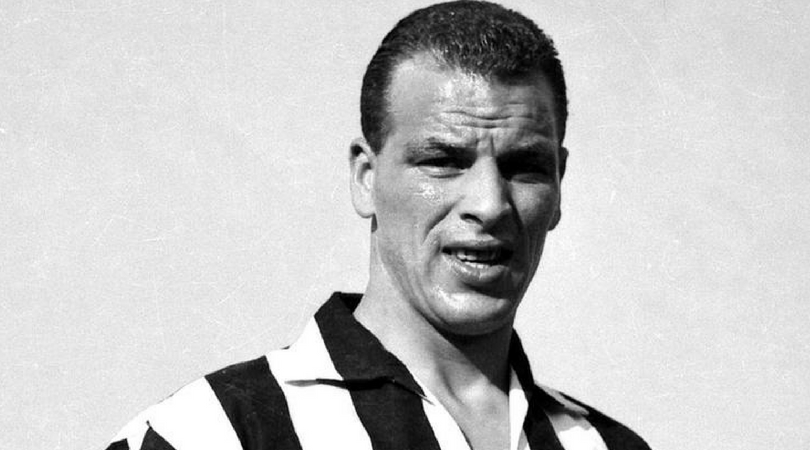
1. John Charles
Juventus 1957-62, Roma 1962-63
In 2001, the Italian hall of fame inducted its first foreign player. It wasn’t Diego Maradona, Michel Platini nor Marco van Basten who was given the honour, but a Swansea boy.
Charles won the Golden Boot and Player of the Year in his debut season with Juve and had the ability to perform as both a deadly striker and world-class centre-back. No wonder Juventus spent two years trying to sign him from Leeds, then doubled the British transfer record to do so.
He never won the Ballon d’Or, but that wouldn’t have bothered him. Il Gigante Buono – ‘the Gentle Giant’ – won five major trophies, the adoration of Juve fans and now, posthumously, our own little trinket. King John indeed.
Huw was on the FourFourTwo staff from 2009 to 2015, ultimately as the magazine's Managing Editor, before becoming a freelancer and moving to Wales. As a writer, editor and tragic statto, he still contributes regularly to FFT in print and online, though as a match-going #WalesAway fan, he left a small chunk of his brain on one of many bus journeys across France in 2016.
